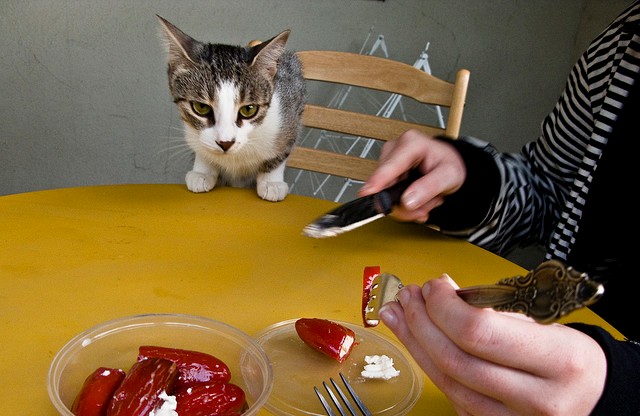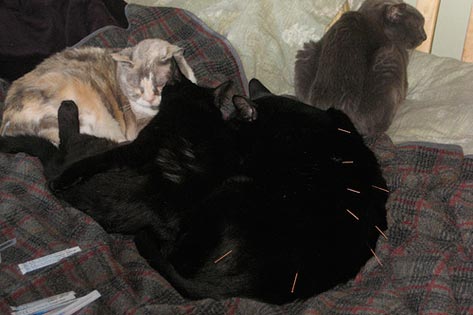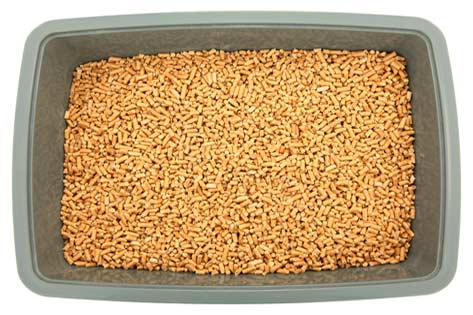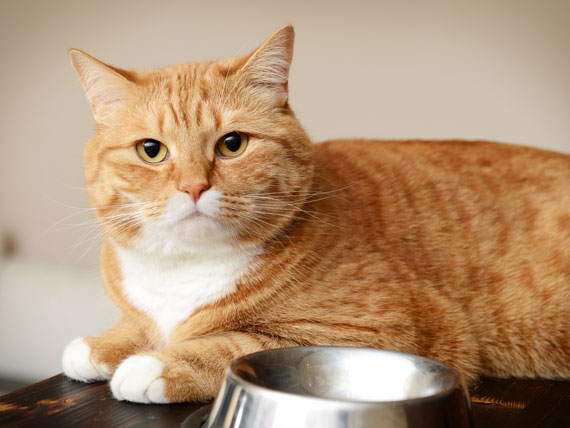When a veterinarian prescribes pet meds for your pet, it is incredibly important that you follow the specific directions that the veterinarian gave you for your pet, and that you do not give those pet meds to any other pets in your home. Pet meds can have drastically different effects on animals that are not prescribed that certain medication. It is important to be wary when giving your pet medication so that none of the other pets in your home can access them.
It is also important to talk to your veterinarian about pet meds for specifically younger pets, especially if you are looking to add a pet med that your vet has not prescribed, such as for fleas, ticks, heartworm, or skin and coat vitamins. Sometimes younger pets can get very ill from even an over the counter medication such as the flea and tick medications, and those for heartworms. It is very important to talk to your veterinarian first, just as you would your own doctor, before starting a young pet, or an older one for that matter, on any new medication, even if it is just vitamins. Your veterinarian will know what is best for the health and safety of your pet.
Many pet foods on the market, especially higher end cat and dog foods have vitamins already infused in the ingredients, which can give your young pet more vitamins than necessary. This could cause more problems than you think possible, such as the risk of getting vitamin toxicity or overdosing. Overdosing your young pet on vitamins can cause renal failure, heart failure, and a variety of other maladies, some of which are fatal.
If you have followed all of the steps and have taken your pet to see their veterinarian, whom which agrees to a pet med for your young puppy or kitten, be sure to follow the dosage information given on the label. Once again, an incorrect dosage could cause an overdose of medication for your young pet and cause illness or death.
How you give your young pet a dosage of their medication is also another aspect to consider. Usually, pets do not like to take medication, and will often put up a fight. Your young pet may not understand what it is you are trying to do when you are administering medication. To administer medication to your young pet in pill form, you can try:
�Crushing the pill onto their food. Be sure to check with the veterinarian that it is okay to crush the medication. Some medications, such as capsules, can not be crushed and are meant to be swallowed whole.
�Open a capsule onto their food. Again, ask your veterinarian if you are allowed to open up the capsule and sprinkle its contents onto your pet’s food. This method works best when you can absolutely not get them to swallow the pill. Be sure to use only a small amount of food for the medication to ensure they will eat it all and thusly take all their medication.
�Put the pill with their food whole. Most dogs will eat it and not even realize it is in their food.
�Crush and mixing the pill with wet food, pudding, treats, or mashed potatoes.
�Try wrapping the full pill in cheese, meat, or bread.
You can also try dropping the pill down to the back of their throat and massaging their throat as they swallow. Be sure to stop doing this if your pet looks frightened or upset.
For liquid medication, you will need to use a syringe to administer the application. Open your pet’s mouth using one hand, place the syringe at the back of their throat between their teeth, and depress the plunger. Reward your pet with a treat to make it a special occasion, so your pet will want to take their medication without incidence again.
If you can not get your young pet to take a pill, ask your veterinarian about other options. Some medications are available in injections, liquids and even creams.
If you are not sure about a pet medication, be sure to talk to your veterinarian before you give your young pet the prescription. Likewise, when starting a new medication, you should watch your young pet for signs of allergy, which can include sneezing, scratching, rashes, hives, drooling, lethargy, increased or decreased appetite, runny nose, congestion, wheezing, panting and more. Be aware of any change in your pet’s behavior that could signify that they are having an allergic reaction to the medication. If you think your young pet is having any type of reaction, stop giving the medication and speak with your veterinarian immediately before proceeding.

 Choosing the Best Feeding Method for Your Cat
Nurturing a cat is not always as easy at i
Choosing the Best Feeding Method for Your Cat
Nurturing a cat is not always as easy at i
 Acupuncture for Cats
The Holistic Science Behind Acupuncture for Pe
Acupuncture for Cats
The Holistic Science Behind Acupuncture for Pe
 'Natural' Methods for Controlling Fleas in Cats
By Jennifer Kvamme, DVM
There are a lot of differe
'Natural' Methods for Controlling Fleas in Cats
By Jennifer Kvamme, DVM
There are a lot of differe
 Eco-Friendly Cat Litter
What smells if you don’t
Eco-Friendly Cat Litter
What smells if you don’t
 Why Grain Free Cat Food May Not Always Be the Best Choice
How to Know if Your Pet Needs Gluten or Grain
Why Grain Free Cat Food May Not Always Be the Best Choice
How to Know if Your Pet Needs Gluten or Grain